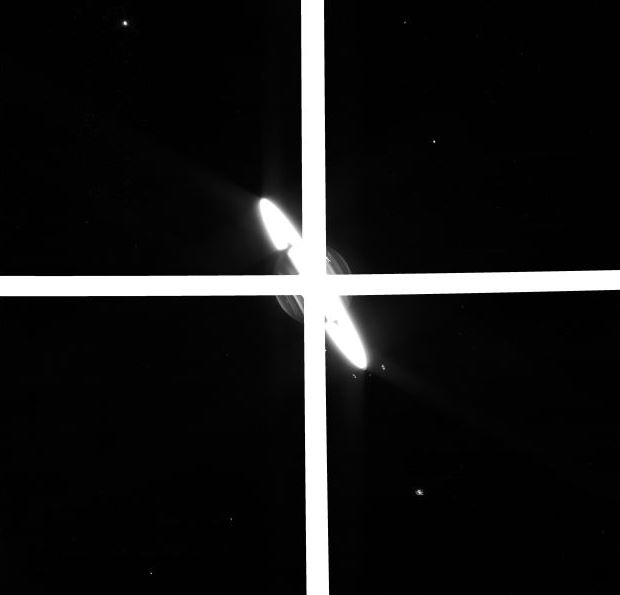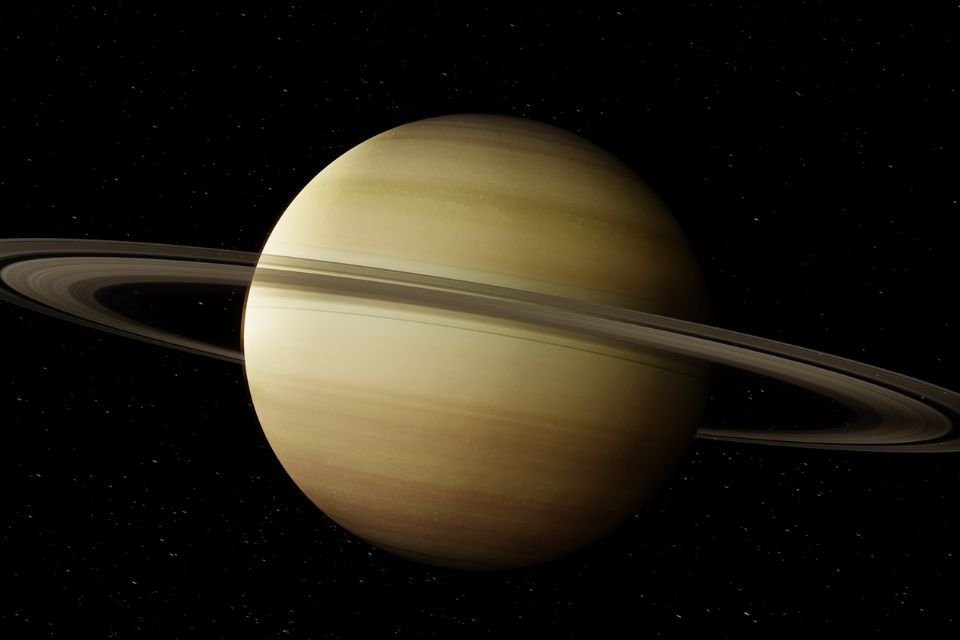Recently, the James Webb Space Telescope (JWST) collected data from Saturn, the sixth planet in the solar system, and released the first images of the gas giant last Sunday (25). Despite the incredible news, The images have not yet undergone any post-processing and are more ‘raw’ than any other photograph released by the telescope.
After data collection using Near Infrared Spectrograph (NIRSpec) equipment, raw images were uploaded to the JWST Feed website. The data were collected for observations by a team led by University of Leicester (UK) planetary scientist Leigh Fletcher.
The researchers believe the data collected by NIRSpec could be used to learn more about Saturn’s moons and rings, and they believe the equipment will help discover new moons around the planet.
in total, Scientists have already detected 145 moons on Saturn, giving the planet the title of leader in the list of planets with the most natural moons in the solar system. — the only planet in our system with more than 100 moons. One of these is known as Enceladus, a moon that could offer the chemical conditions for the formation of life as we know it.
“Adorned with thousands of beautiful curls, Saturn is unique among planets. All four gas giant planets have rings – made up of chunks of ice and rock – but none are as spectacular or complex as Saturn’s. Like other gas giants, Saturn is mostly a big ball of hydrogen and helium,” NASA explains on its official website.
James Webb and Saturn
In the images, the rings of Saturn are represented by a bright white dot, and the planet itself is represented by black – the white dots are noise and must be removed in the final version. The photos were taken with filters and are therefore presented in black and white.

The team of scientists also requested data from the James Webb Space Telescope’s Mid-Infrared Instrument (MIRI) technology equipment and images of some of Saturn’s specific moons.
In any case, the United States National Aeronautics and Space Administration (NASA) must release colorful and impressive images after final processing of the data collected on Saturn. There are no estimates for the final version of the photos for now.
Source: Tec Mundo
I’m Blaine Morgan, an experienced journalist and writer with over 8 years of experience in the tech industry. My expertise lies in writing about technology news and trends, covering everything from cutting-edge gadgets to emerging software developments. I’ve written for several leading publications including Gadget Onus where I am an author.












